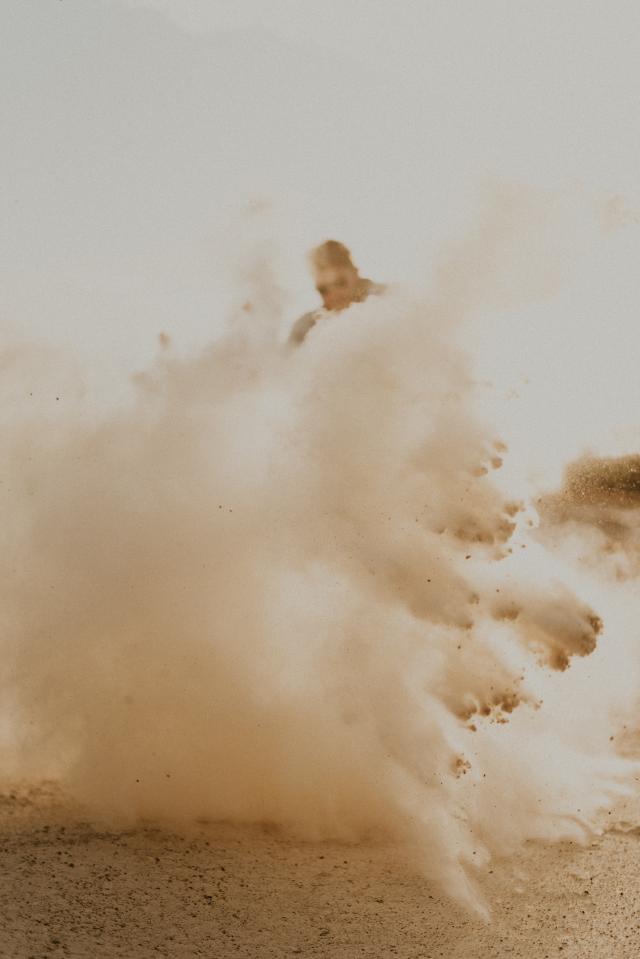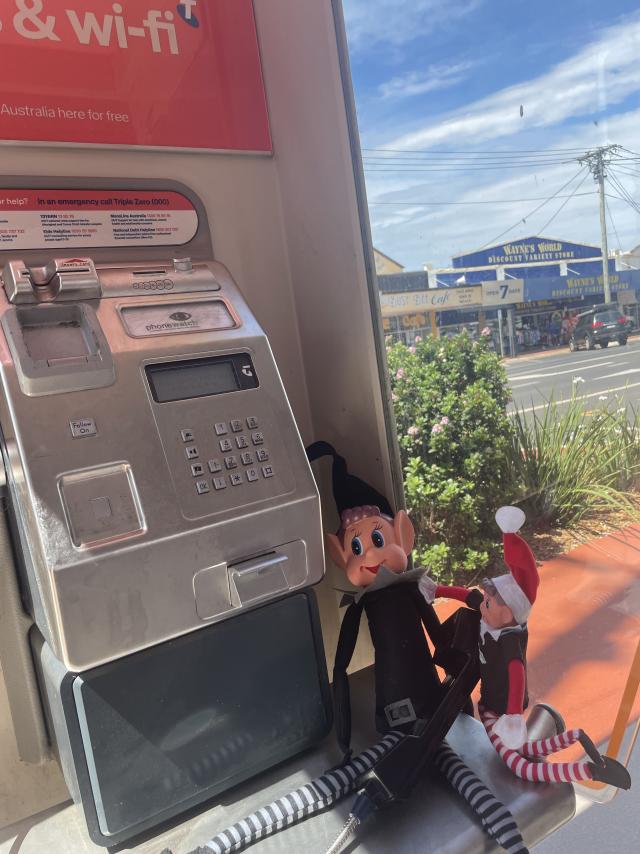The dust billows as another car comes into our self-contained subdivision of seventy homes. The dust hangs over the houses until it is blown inside them, and inside our lungs. The dust coats everything, even the gardens forcing the birds and pollinators to evacuate. Locals drive slowly out of sympathy, but it makes little difference.
When the rain comes the potholes form complementing the dry weather corrugations. It is not long before the Council sends a truck to dump another 30 cubic metres of crushed and powdered rock with quartz, mica and the silicates. The grader gives us a smooth road until the next rain, or if it is dry for two or three days when the dust again shrouds the area.
Like so many streets we have been promised that ours would be sealed. But the Government has made a wise economic decision and withdrawn the funds. However they do not realise that this is not just a budget or engineering matter; it is a community health danger. We are glad that action is being taken to prevent silicosis in the workplace, but for us it is our living environment, all the time. There appears to be an abnormally high rate of respiratory and throat troubles amongst the residents. Isn’t it time to research how toxic the dust is?
There may be a way forward. Most residents do not want the area urbanised with environmentally-damaging concrete kerb and channel work and footpaths, we simply want the road surface sealed. This would be a good solution for the residents, and should be economically possible even within budget constraints. Surely this is a serious enough matter for our Councils to work hard on providing residents a safe living environment.
Peter Crawford OAM







